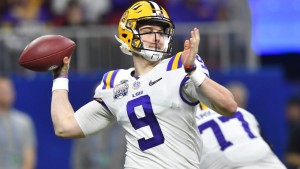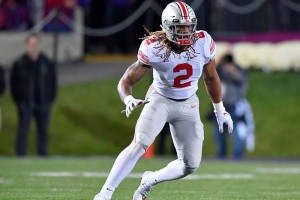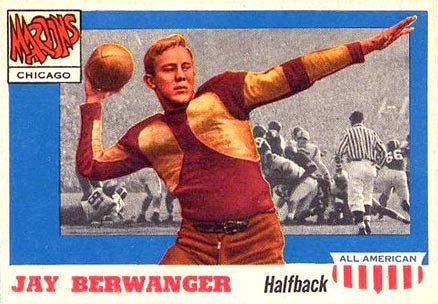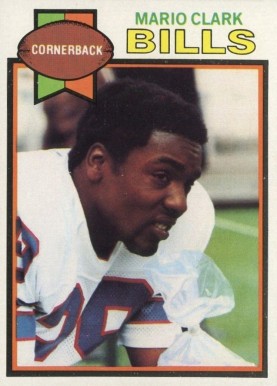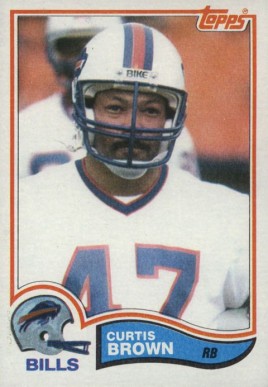In part 3 of our annual Buffalo Bills’ season review we’ll do a position-by-position scan of the special teams and the unit that was most responsible for the team’s run to the playoffs in 2019, the defense. Here’s our critique, starting with the defense:
Defensive Line
Buffalo’s defensive line didn’t have a particular star player in 2019 but collectively did a good job in pressuring opposing passers and an adequate job stopping the run in most games. They overcame the retirement of Kyle Williams without missing a beat. In the interior, Jordan Phillips was a revelation, leading the team in sacks. Rookie Ed Oliver started out slowly but was a force in the middle as the season wore on and will be a cornerstone of the entire defensive unit moving forward. Star Lotulelei, who has been somewhat of a disappointment since signing a big free agent contract a couple of years ago, made his presence known more than ever this season and was one of a few Bills’ defenders that seemed to profit from coordinator Leslie Frazier’s more aggressive approach in 2019. Cory Luiget and Vincent Taylor are big bodied tackles who were brought in during the season and both showed some ability as space-eaters when they got a chance to play. Those 2 additions to the D-tackle rotation were made necessary when promising second year man Harrison Phillips was lost for the year early on. His return will be a big factor in 2020 and also may play into whether the Bills go all in to resign Jordan Phillips, who is now a restricted free agent and likely wants a big payday. The Bills’ rotational group at end is an interesting mix. Jerry Hughes and Trent Murphy are veterans who consistently apply pressure on the pass rush but are inconsistent in racking up sacks. Hughes is a player who is always around the quarterback but doesn’t finish. If his tackling improved he could easily compile double digit sacks every year. Murphy’s performance ranges from dominant to invisible. Shaq Lawson, a former high draft pick, never really lived up to the hype until this season, when he was a good run defender and consistent pass rusher, despite a low sack count. Rookie late round pick Darryl Johnson showed a lot of potential to grow into a decent defensive end in his first year, and was a major special teams player also. Mike Love, a sleeper prospect who wound up on IR all year, will also be back in the mix in next year’s training camp. The team will employ a new defensive line coach, Eric Washington, in 2020 and there is a lot of improvement to be had from the players he’ll coach.
Linebackers
The Bills had three solid starting linebackers in 2019 in Matt Milano, Tremaine Edmunds, who is headed to his first Pro Bowl, and veteran Lorenzo Alexander. Alexander is retiring so there is a hole to fill in the lineup there for next year. They won’t enter the season expecting the holdover backups, Corey Thompson and Julian Stanford, to man that important position. Both are core special teamers and capable reserves but linebacker is a spot they’ll need to upgrade, and add depth to, in free agency and/or the draft. Two players who were on injured reserve, Vosean Joseph and Maurice Alexander, will be back to battle for the job. Joseph is more likely of the two to have a shot at winning the starting spot, as Alexander is the same type of player, a special teamer, as Thompson and Stanford. Tyrel Dodson, an undrafted rookie last season, could make some noise too. He showed enough in the way of intelligence and physical play in training camp last year to be kept around.
Defensive Backs
For the second straight season the secondary was the brightest unit on not only the defense but the entire Bills’ squad. Micah Hyde and Jordan Poyer are as solid of a safety tandem as there is in the NFL, despite not getting much media attention. Tre’Davious White progressed into what many thought he would be when he was drafted, a first team All Pro cornerback. Across from him, Levi Wallace won the starting job and had his ups and downs but overall his play was acceptable. In the times he struggled this past season, Kevin Johnson took over and played well also. Johnson is a free agent now and the Bills should look to lock him up for another year. Taron Johnson, although prone to injury at times, has become a reliable slot corner. Usually practice squad members are afterthoughts when a team goes into the next season, but University at Buffalo product Cam Lewis has a legitimate chance of making the team next season. He showed enough in the preseason to be kept around despite the long odds of being an undrafted free agent from an unheralded program like UB’s. One of the most valuable members of the secondary, and even of the whole team, is the versatile Siran Neal. He has cemented his place on the club as it’s best special teams gunner, and also as a fill-in at both safety and the slot corner spot. Rookie safety Jaquan Johnson made some waves on special teams and has the look of a player who could have a future as a starter once Hyde or Poyer start to decline. A couple of veterans who have the Carolina pedigree that Beane and McDermott like, Dean Marlowe and Kurt Coleman, are strictly depth and special teams players.
Special Teams
The special teams for Buffalo were horrendous in 2018 and that led to the club bringing in a new coordinator, Heath Farwell, to lead the bomb squads. Unfortunately, the STs weren’t really special in 2019 either. Pro Bowl kick returner Andre Roberts was signed to add some spark to that part of the game, and although he was reliable and did a decent job, he wasn’t really that special and never provided the big play to help win a game or provide great field position for the offense. In other words, he could be counted on to not make costly mistakes but not to create the excitement of big returns. Perhaps they look to find a dynamic returner in the college draft, or maybe Christian Wade puts his rugby skills to work to provide some exciting returns. Kick coverage was mostly alright, although they did allow a 100+ yard return for a score to Miami. Long snapper Reid Ferguson was perfect all season. Punter Corey Bojorquez was inconsistent. He had a crucial punt blocked against New England that cost the Bills the game, and had more than a few shanks, but seemed to clean that up by season’s end. Still, some competition for his spot next season seems in order. The same could be said for placekicker Stephen Hauschka. He had a very inconsistent year but settled down to regain his “Hausch Money” nickname by season’s end. Of all the players whose main job was special teams, two were standouts in my book – Neal and Jaquan Johnson. Farwell’s job for next season should be to figure out how to get his units to help win games. Block a punt or a field goal maybe, or get some big plays in the return game that turn the tide of a game?
